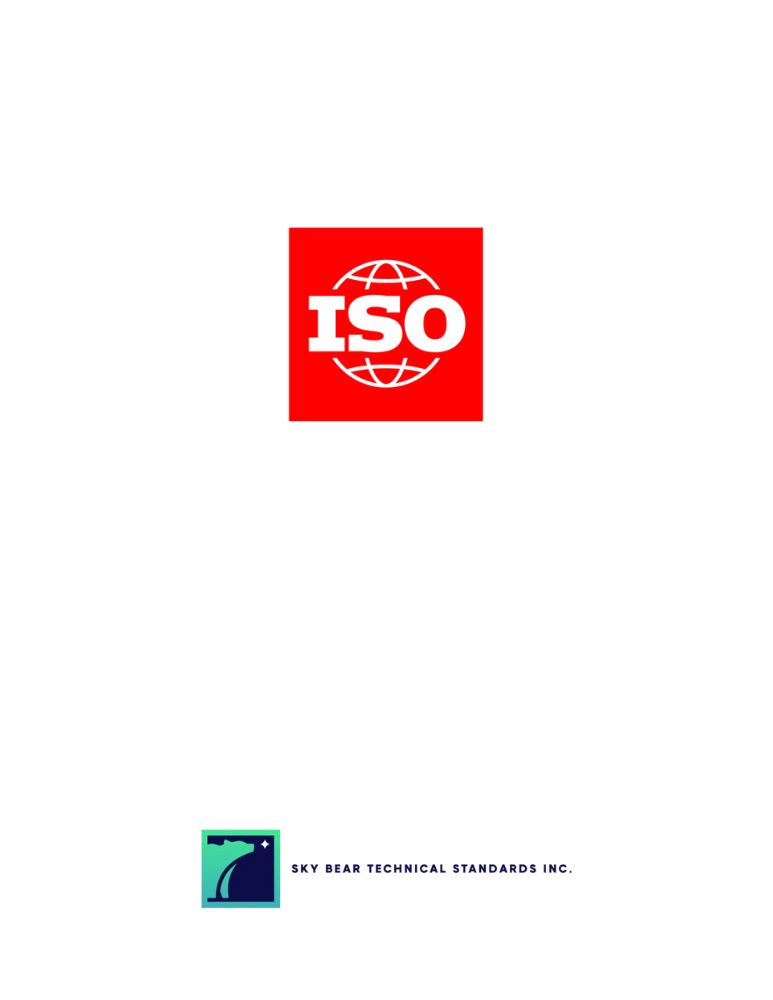Your cart is currently empty!

ISO 2975:1977
ISO 2975:1977 Measurement of water flow in closed conduits – Tracer methods – Part 6: Transit time method using non-radioactive tracers
CDN $173.00
Description
Tracer methods apply to flow measurement in conduits into which a solution can be injected and those cases where effective mixing of this solution with the water flowing in the conduit can be achieved, this last condition being fundamental. Describes the transit time method using non-radioactive tracers for the measurement of water flow rate in closed conduits.
Edition
1
Published Date
1977-02-01
Status
PUBLISHED
Pages
13
Format 
Secure PDF
Secure – PDF details
- Save your file locally or view it via a web viewer
- Viewing permissions are restricted exclusively to the purchaser
- Device limits - 3
- Printing – Enabled only to print (1) copy
See more about our Environmental Commitment
Abstract
Tracer methods apply to flow measurement in conduits into which a solution can be injected and those cases where effective mixing of this solution with the water flowing in the conduit can be achieved, this last condition being fundamental. Describes the transit time method using non-radioactive tracers for the measurement of water flow rate in closed conduits.
Previous Editions
Can’t find what you are looking for?
Please contact us at:
Related Documents
-

ISO 80004:2020 Nanotechnologies – Vocabulary – Part 3: Carbon nano-objects
CDN $76.00 Add to cart -

ISO 22553:2019 Paints and varnishes – Electro-deposition coatings – Part 1: Vocabulary
CDN $76.00 Add to cart -

ISO 16840:2006 Wheelchair seating – Part 1: Vocabulary, reference axis convention and measures for body segments, posture and postural support surfaces
CDN $351.00 Add to cart -

ISO 3833:1977 Road vehicles – Types – Terms and definitions
CDN $115.00 Add to cart







